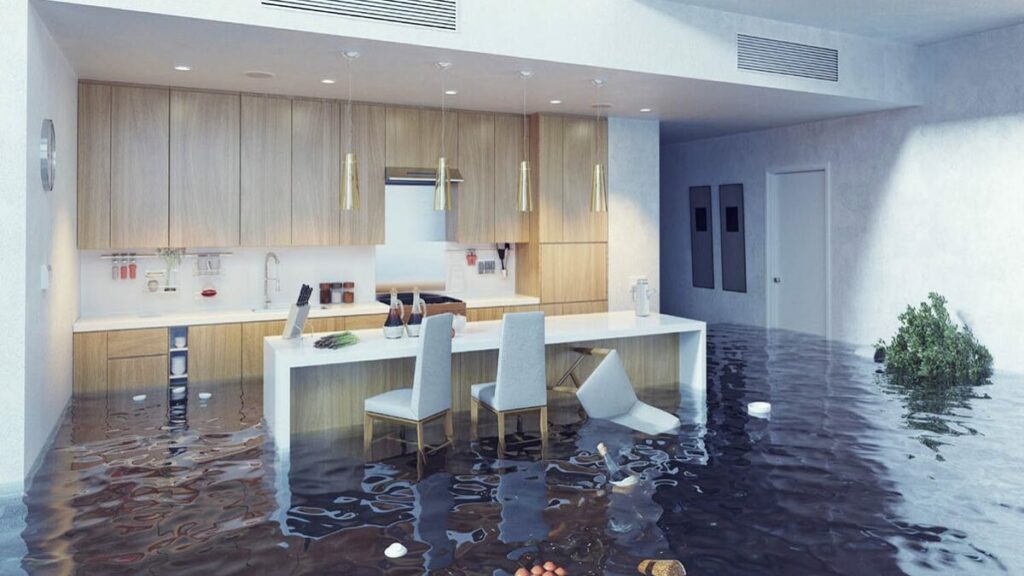Neglecting to manage water damage in a timely and effective manner can lead to structural damage, mold growth, and health problems in both residential and commercial premises. Among the crucial steps in water damage restoration, water extraction and drying techniques play a pivotal role. Understanding the science behind these processes is essential for restoration professionals to efficiently restore properties to their pre-damage condition. In this article, we delve into the scientific principles behind water extraction and drying techniques.
The Role Of Moisture Measurement
Before initiating water extraction and drying procedures, it’s imperative to assess the extent of moisture intrusion accurately. Moisture meters and thermal imaging cameras are commonly used tools in this process. Experts from a water restoration company can more precisely pinpoint damp spots with the use of moisture meters, which detect the relative humidity of different materials. Thermal imaging cameras detect temperature differentials caused by moisture, enabling technicians to pinpoint hidden water sources behind walls or ceilings.
Water Extraction Methods
Once the affected areas are identified, water extraction begins. Various extraction methods are employed based on the severity of the water damage and the type of surfaces affected. Submersible pumps and truck-mounted extractors are utilized for large-scale water removal, while portable extraction units are suitable for smaller areas or hard-to-reach spaces.
The science behind water extraction lies in the principles of gravity and suction. Gravity causes water to flow downward, allowing technicians to efficiently remove standing water from floors and carpets. Suction, generated by extraction equipment, pulls water out of porous materials such as carpet fibers and upholstery. Additionally, the speed and power of extraction equipment play a crucial role in maximizing water removal efficiency.
Understanding Psychrometry
Psychrometry, the study of the properties of moist air, is fundamental to the drying process. Key parameters in psychrometry include relative humidity, temperature, and dew point. These factors influence the rate of evaporation and determine the optimal conditions for effective drying.
During water damage restoration, air movers and dehumidifiers are used to create an ideal drying environment. Air movers generate airflow across wet surfaces, promoting evaporation by facilitating the transfer of moisture from saturated materials to the air. Dehumidifiers then remove excess moisture from the air, maintaining optimal humidity levels for efficient drying.
The science behind air movement lies in the principle of evapotranspiration, the process by which water evaporates from surfaces into the surrounding air. Air movers accelerate evaporation by continuously replacing the moist boundary layer near wet surfaces with drier air, thus enhancing the drying rate.
Dehumidification Principles
An essential part of water damage restoration is the use of dehumidifiers, which remove excess moisture from the air and stop further problems like mold and structural degradation. Desiccant and refrigerant dehumidifiers are the two main varieties.
To work, refrigerant dehumidifiers lower the air temperature below its dew point, which triggers condensation and the subsequent accumulation of moisture in a reservoir. Reheated and recirculated, the dry air is subsequently returned to the drying chamber. To dehumidify the air, desiccant dehumidifiers draw moisture out of the air using a desiccant material, which is then either recycled or released into the surrounding environment.
The science behind dehumidification involves the principles of vapor pressure and sorption. By lowering the vapor pressure of air, dehumidifiers create a gradient that drives moisture migration from wet materials to the drier air. Desiccant dehumidifiers exploit the affinity of desiccant materials for water vapor, effectively removing moisture from the air through adsorption.
Conclusion
Water extraction and drying techniques are essential components of water damage restoration, guided by principles rooted in physics and psychrometry. By understanding the science behind these processes, restoration professionals can effectively mitigate water damage, minimize property loss, and restore homes and businesses to safe and habitable conditions. Through the application of advanced equipment and scientific knowledge, the restoration industry continues to evolve, providing innovative solutions for water damage restoration challenges.
